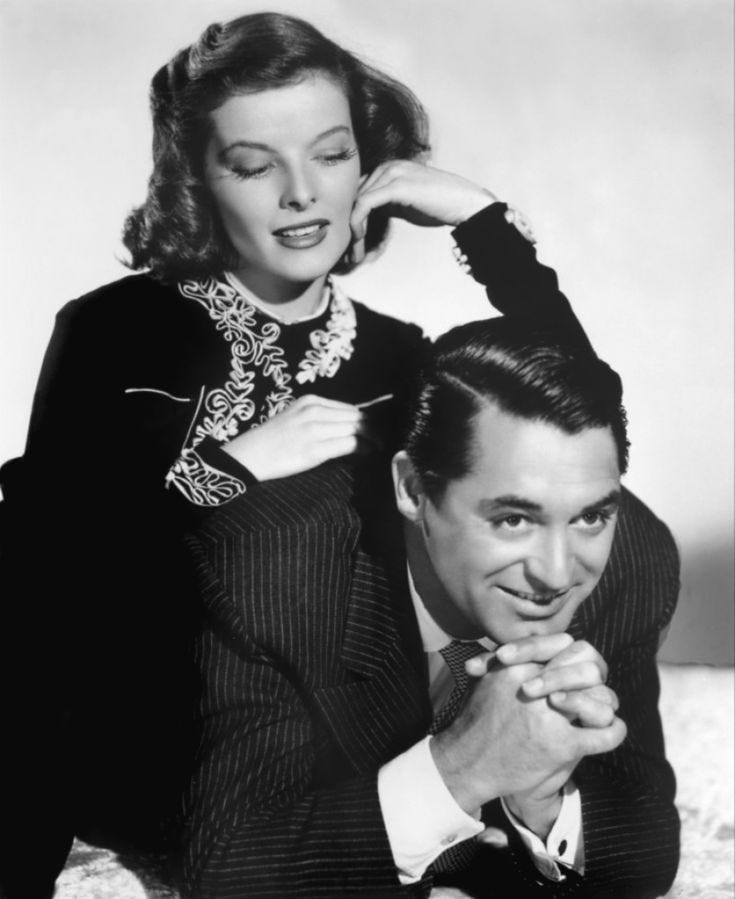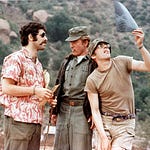How do you watch a movie? The answer seems simple: look at it. But there’s more to film than meets the eye. Or rather, it takes some training for the eye to see how a picture really works. Steve Vineberg’s been watching—and helping others watch—movies his entire life. For nearly forty years he’s been a professor of theater and film at the College of the Holy Cross, where he’s taught courses and directed productions for legions of students (like yours truly).
He’s also one of our foremost critics of the stage and screen, writing for publications like The Threepenny Review, The Boston Phoenix, and Critics at Large. Other outlets include NPR, The Christian Century, Salon, and The New York Times. And he’s the author of several books: Method Actors: Three Generations of an American Acting Style; No Surprises, Please!: Movies in the Reagan Decade; and High Comedy in American Movies: Class and Humor From the 1920s to the Present. His current project is a study of Robert Altman, the great director of the American film Renaissance.
I’ve been discussing the conventions of movies (such as the Western) of late in my reviews. I thought it would be helpful (and fun) for listeners to get a grounding in the elements of American film as they read and watch. I can’t think of anyone better equipped for this work than Steve. I’ve broken our interview into two parts; the second (which I’ll drop next week for paid subscribers) focuses on Altman’s career, style, and ensemble of Method actors. In this first part—available to all—we touch on the basics of film analysis, such as:
The history of Hollywood from the Silent Era to the present;
The role of the critic in movie culture;
The key questions to ask yourself when you view a film;
And the major genres in American movies, such as the gangster; romantic comedy; high comedy; and hard-boiled comedy.
I know you’ll enjoy this rich exploration of what movies do to and for us. So grab some popcorn, dim the lights, and on with the show!













Share this post